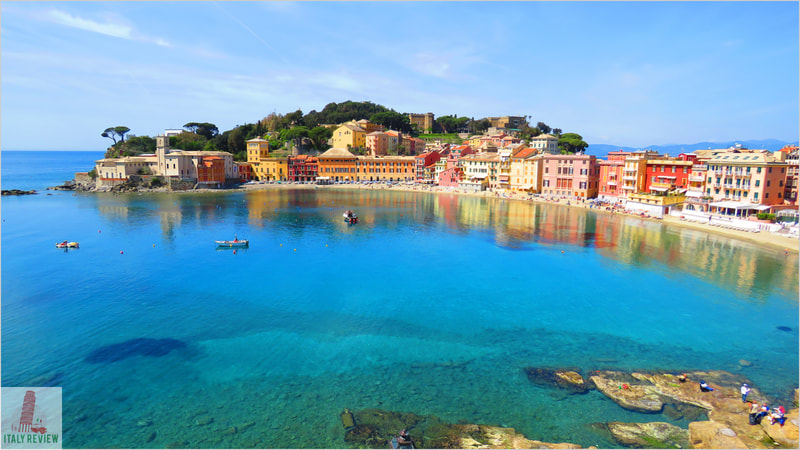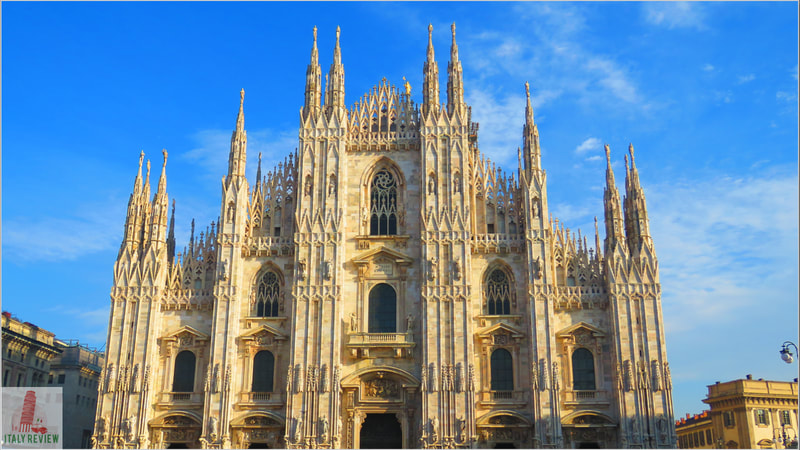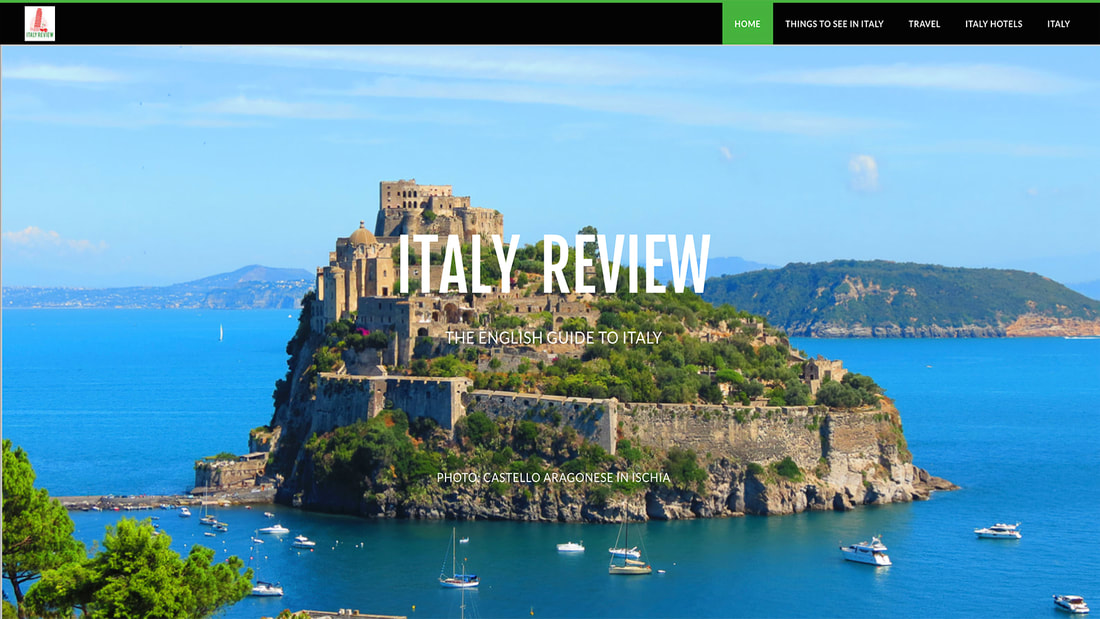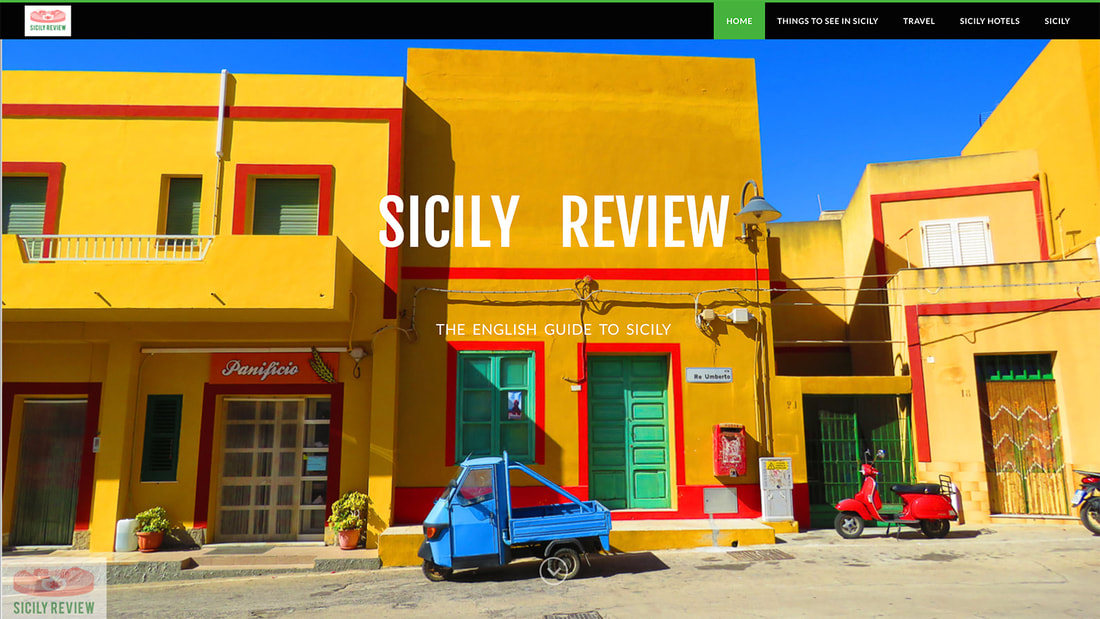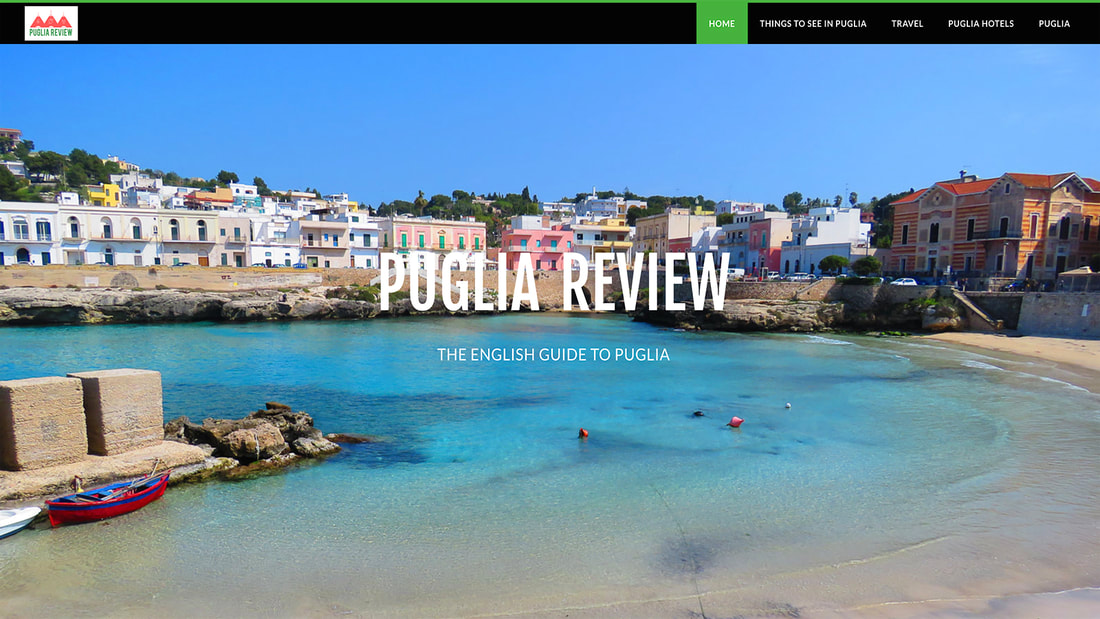Northern Italy
Latest update: 22 March 2023
|
The area defined as Northern Italy includes eight of the 20 regions of Italy.
Whereas there is sometimes a temptation to simply divide the country between north and south, it can be easier to detail the various attributes of each area by splitting Italy into four areas. Therefore, alongside Northern Italy we also have Central Italy and Southern Italy including the two Island Regions of Sicily and Sardinia. |
|
Of the eight regions of northern Italy, Lombardy has the largest population with just over ten million, double the size of the next on the lost by that measure. Lombardy also has the largest number of provinces in Italy with 12, including the Metropolitan City of Milan.
Related links
Covering an area of 22,466 km², Emilia Romagna is of a similar size to Lombardy which makes it one of the largest in the country. Emilia Romagna covers a north-eastern area of Italy, facing out on to the Adriatic Coast but also stretching inland across the Po Valley.
Larger than both Lombardy and Emilia Romagna, the region of Piedmont occupies 25,402 km² of north-western Italy. The landlocked Piedmont is characterised by its famous vineyard landscapes and Alpine mountain passes. Back across on the Adriatic Coast, the Veneto region founded its success upon the Venetian Republic and it's still one of the most affluent areas of the country. Veneto stretches inland towards the Dolomites and some of Italy's best ski resorts including Cortina d'Ampezzo.
Occupying an area between France to its west, Piedmont to the north and Tuscany to the south, the region of Liguria is typified by its wonderful coastline with some of Italy's best seaside towns and the famous Cinque Terre. It also has a surprising number of fascinating towns within its elevated hinterland that don't always get the attention they deserve. Friuli Venezia Giulia is the north-eastern corner of Italy which includes mountains to the north, a stretch of coastline on the Adriatic to the south, and an eastern border with Slovenia.
Trentino Alto Adige South Tyrol offers something of a cultural change from its surrounding Italian regions; to the north it borders Austria and its culture owes as much to its Germanic roots as it does to Italy. The best of Trentino can be found in its beautiful glacial lakes in the Italian Alps which attract visitors all year round. Valle d'Aosta by contrast has more of a French feel to it, both in terms of the local dialect and the cuisine. Occupying the area to the north of Piedmont and east of the French Alps, it's officially the smallest region in Italy.
Larger than both Lombardy and Emilia Romagna, the region of Piedmont occupies 25,402 km² of north-western Italy. The landlocked Piedmont is characterised by its famous vineyard landscapes and Alpine mountain passes. Back across on the Adriatic Coast, the Veneto region founded its success upon the Venetian Republic and it's still one of the most affluent areas of the country. Veneto stretches inland towards the Dolomites and some of Italy's best ski resorts including Cortina d'Ampezzo.
Occupying an area between France to its west, Piedmont to the north and Tuscany to the south, the region of Liguria is typified by its wonderful coastline with some of Italy's best seaside towns and the famous Cinque Terre. It also has a surprising number of fascinating towns within its elevated hinterland that don't always get the attention they deserve. Friuli Venezia Giulia is the north-eastern corner of Italy which includes mountains to the north, a stretch of coastline on the Adriatic to the south, and an eastern border with Slovenia.
Trentino Alto Adige South Tyrol offers something of a cultural change from its surrounding Italian regions; to the north it borders Austria and its culture owes as much to its Germanic roots as it does to Italy. The best of Trentino can be found in its beautiful glacial lakes in the Italian Alps which attract visitors all year round. Valle d'Aosta by contrast has more of a French feel to it, both in terms of the local dialect and the cuisine. Occupying the area to the north of Piedmont and east of the French Alps, it's officially the smallest region in Italy.

